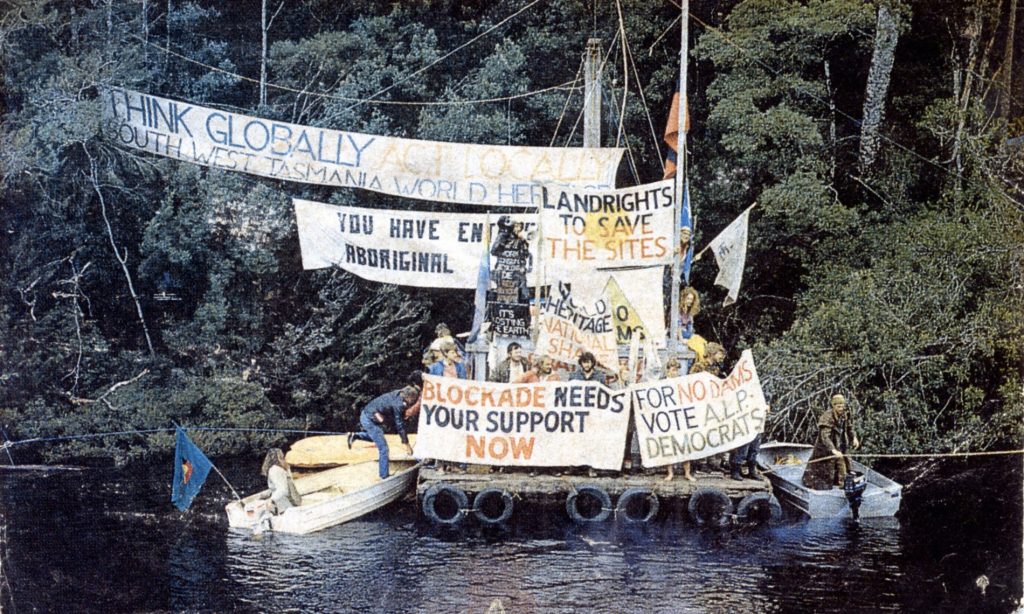Public Law and Climate Conscious Lawyering
Gabrielle Appleby and Joo-Cheong Tham

The State is an increasingly important actor in responding to the climate change emergency. Therefore, public law, as the body of laws that governs the exercise and restraint of State power, should be paramount in analysing effective climate responses. It shapes the sites and conceptions of climate action, in the sense of which branch and level of government can respond to the climate crisis and any restrictions on those responses. Yet public law in Australia is often absent in discussions of climate responses, which are treated as a policy issue to be determined and accounted for in the political realm.
In this chapter, we will explain how Australia’s public law framework, and its heavy reliance on the liberal democratic tradition and political accountability, has contributed to this situation. We explore how Australian public law, in particular its instantiation of federalism, representative government and the rule of law (including separation of powers and judicial review), has shaped the effectiveness of responses to climate change.
In this chapter we will also consider how the climate crisis has shaped — and will shape — the practice of public law in Australia. In encouraging you to consider responses to this issue, we conclude by introducing a number of different ways that Australian public law could develop so that it can facilitate effective societal responses to the climate crisis, particularly through the State.
Key questions
- How has Australian public law shaped climate action, including the sites for action to address climate change, and the way climate action is conceived?
- How has Australian public law interacted with the climate crisis in relation to:
- federalism;
- representative government; and
- the rule of law.
- How should Australian public law be reformed to more effectively meet the climate crisis?
Chapter Outline
1. The Central Significance of Public Law in the Climate Crisis
2. How Australian Public Law Shapes the Sites and Conceptions of Climate Action
3. The Interaction Between Australian Public Law and the Climate Crisis
3.2. Representative Government
4. Directions of Climate Reform for Australian Public Law
4.1. Federalism: From Vertical Distribution to Vertical Integration
4.3. Rule of Law Reforms: From Empowerment and Constraint to Legal Duties?
Public law conventionally refers to the law governing the state, specifically, the exercise of state power. It includes the design of institutions exercising state power; the distribution of power amongst these institutions; the nature of their exercise; and the public law principles that traditionally govern their operation (including federalism, representative government, separation of powers and the rule of law).
Liberal democracy / Liberal democratic tradition refers to a system of government that reflects three key conditions, including democratic government (usually through representative government based on regular elections), limited government (through a number of mechanisms including the rule of law, independent judiciary and judicial review, separation of powers and federalism), and the protection of individual liberties against the state, with a priority given to civil and political rights.

